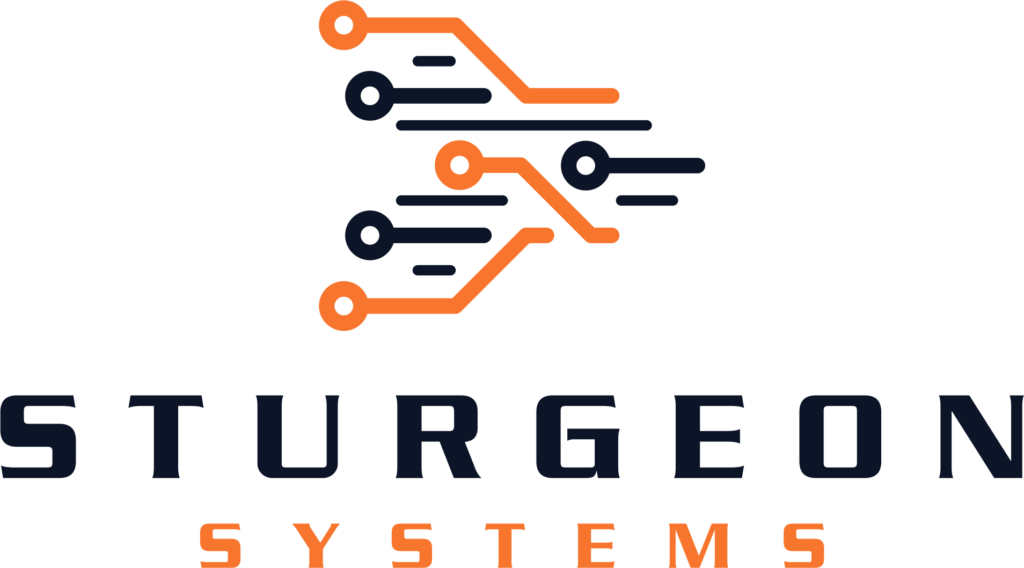Cyber security
Cybersecurity projects in today’s digital environment is an integral part of almost any business that affects the overall network architecture.
Providing information security requires a number of steps and procedures, starting with the audit of available information systems and their level of security and proceeding to definition of necessary improvements in terms of equipment, software, network components, protection facilities, security hardware, its delivery and technical support.
The threat assessment is one of the main and critical steps for a client to understand how well protected their systems are. The assessment results help understand the level of protection and reveal weak (unsecure) network components. This, in turn, specifies which equipment should be replaced or upgraded depending on the business security requirements. The security survey results in technical specifications development and provides the project purchase plan (or improvement plan) to implement. The survey also includes a threat model which can affect the network operation and helps mitigate possible intrusions and digital attacks (e.g. DDoS attacks on network infrastructure, etc.).
After a security audit and survey, we define the list of network equipment that is subject to replacement or additional protection. To provide the better results, the scope of work may presume building a hardware-and-software testing stand with the chosen security environment, assessing its influence in available network operation, following all other technical and business requirements, deploying the solution into the target infrastructure, as well as the accompanying documentation, user manuals, and technical support.
In addition to secure and protected equipment, the overall network security should protect the information at the level of traffic and transferred data. Our systems, both hardware and software, protect all the data transferred via networks providing their secure operation and data exchange. The system can detect errors and incidents that occur on available networks and reveal weak points that require improvement and/or additional protection. Understanding the network weaknesses allows preliminarily determining possible future bottlenecks that may deter network and business operation.
Using a preliminary security audit allows us to develop a network topology snapshot and outline the detailed information on monitored network components. This helps create advanced traffic analytics in the local infrastructure to reveal typical patterns, suspicious activities, unpredicted traffic sources, etc.). This preventive model allows us to react to any unexpected traffic or possible DDoS attacks providing secure and protected network operation.
The threat assessment is one of the main and critical steps for a client to understand how well protected their systems are. The assessment results help understand the level of protection and reveal weak (unsecure) network components. This, in turn, specifies which equipment should be replaced or upgraded depending on the business security requirements. The security survey results in technical specifications development and provides the project purchase plan (or improvement plan) to implement. The survey also includes a threat model which can affect the network operation and helps mitigate possible intrusions and digital attacks (e.g. DDoS attacks on network infrastructure, etc.).
After a security audit and survey, we define the list of network equipment that is subject to replacement or additional protection. To provide the better results, the scope of work may presume building a hardware-and-software testing stand with the chosen security environment, assessing its influence in available network operation, following all other technical and business requirements, deploying the solution into the target infrastructure, as well as the accompanying documentation, user manuals, and technical support.
In addition to secure and protected equipment, the overall network security should protect the information at the level of traffic and transferred data. Our systems, both hardware and software, protect all the data transferred via networks providing their secure operation and data exchange. The system can detect errors and incidents that occur on available networks and reveal weak points that require improvement and/or additional protection. Understanding the network weaknesses allows preliminarily determining possible future bottlenecks that may deter network and business operation.
Using a preliminary security audit allows us to develop a network topology snapshot and outline the detailed information on monitored network components. This helps create advanced traffic analytics in the local infrastructure to reveal typical patterns, suspicious activities, unpredicted traffic sources, etc.). This preventive model allows us to react to any unexpected traffic or possible DDoS attacks providing secure and protected network operation.

Contact us
Please send us your request for more information.
© 2024 Sturgeon systems. All Rights Reserved. Privacy Policy

